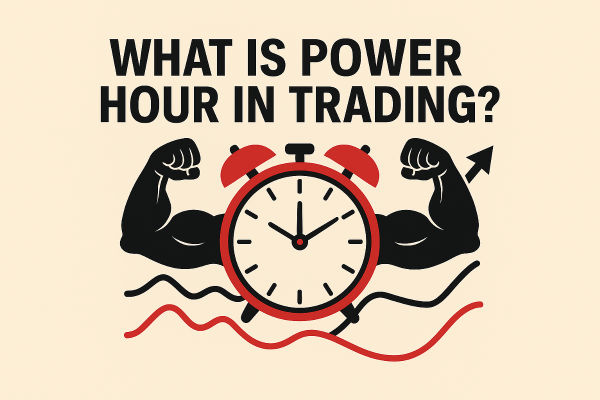The Eastern Time Zone (ET) operates at UTC-5 during the winter months (Eastern Standard Time, EST) and shifts to UTC-4 in the summer months (Eastern Daylight Time, EDT) due to Daylight Saving Time.
Transition Schedule |
Description |
Second Sunday In March |
Clocks move forwards by one hour to swtich to EDT |
First Sunday in November |
Clocks move back by one hours to return to EST |
The Eastern Time Zone covers the eastern part of the United States and parts of Canada, Mexico, the Caribbean, and Central America. However, some regions, such as Puerto Rico and certain Caribbean islands, remain on Atlantic Standard Time (AST) all year round and do not observe DST.
Daylight Saving Time in the Eastern Time Zone
Daylight Saving Time (DST) is the practice of advancing clocks by one hour during the warmer months to make better use of natural daylight and reduce energy consumption.
DST Observation |
Description |
Starts |
Second Sunday in March (switching to Eastern Daylight Time, UTC-4) |
Ends
|
First Sunday in November (returning to Eastern Standard Time, UTC-5) |
Purpose of DST:
- Reduce the need of artifical lighting.
- Maximises daylight hour during the evenings.
- Aligns working hours with natural light.
Not all locations in the Eastern Time Zone observe DST. Puerto Rico, the U.S. Virgin Islands, and some Caribbean nations remain on standard time throughout the year.
Time Zone Conversions and Calculations

When working with Eastern Time, understanding conversions is essential, especially when dealing with international communication or scheduling.
Conversion Type |
Conversion Rule |
Converting UTC to EST |
Subtract 5 hours (UTC-5) |
Converting UTC to EDT |
Subtract 4 Hours (UTC-4) |
Compared with other U.S. time zones:
- Central Time (CT): 1 hour behind ET.
- Mountain Time (MT): 2 hours behind ET.
- Pacific Time (PT): 3 hours behind ET.
Using an online time zone converter is the best way to avoid confusion when scheduling across different time zones.
Working with Eastern Time
Managing time differences effectively is important for businesses, travellers, and international collaborations. Here are some key tips:
Specify the Time Zone: Always indicate whether a time is in EST (standard time) or EDT (daylight time) to prevent scheduling conflicts.
Understand UTC Differences: The Eastern Time Zone shifts between UTC-5 (EST) and UTC-4 (EDT) depending on the season.
Use Time Zone Converters: When scheduling meetings across multiple time zones, rely on accurate time zone conversion tools.
Be Mindful of DST Changes: The transitions in March and November can impact scheduling, especially for international communication.
Conclusion
The Eastern Time Zone (ET) consists of Eastern Standard Time (EST) and Eastern Daylight Time (EDT), depending on the season. Understanding the distinctions between standard time, daylight time, and UTC offsets is crucial for effective time management.
By being aware of time zone differences, DST transitions, and conversion methods, you can navigate Eastern Time more efficiently for both personal and professional purposes. Whether you're arranging meetings, travelling, or coordinating global projects, having a clear understanding of EST and EDT will help you stay organised and punctual.
Disclaimer: This material is for general information purposes only and is not intended as (and should not be considered to be) financial, investment or other advice on which reliance should be placed. No opinion given in the material constitutes a recommendation by EBC or the author that any particular investment, security, transaction or investment strategy is suitable for any specific person.



























